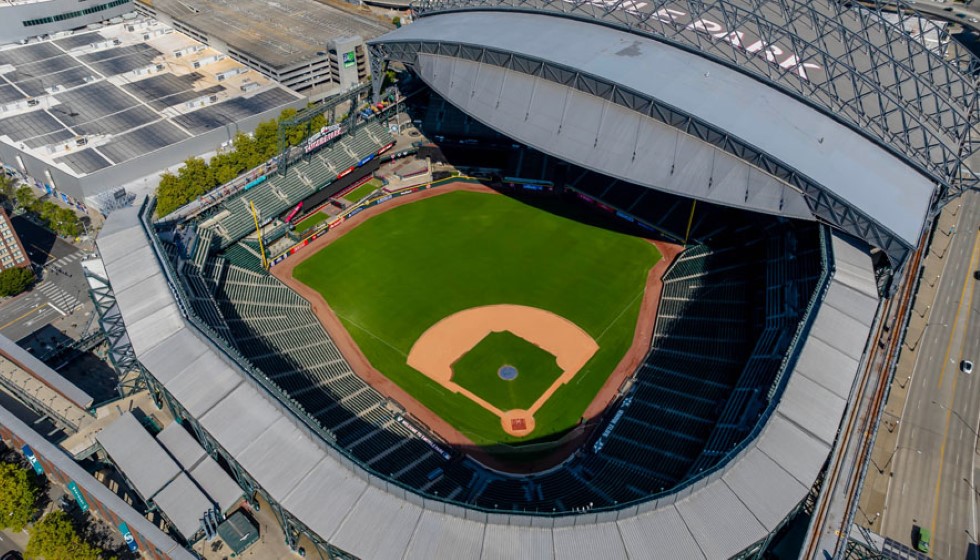
The baseball landscape is always dynamic, and as we step into 2025, the offseason has already set the stage for a season of intrigue and transformation. With major signings, strategic shifts, and unforeseen changes, teams are recalibrating to navigate an evolving competitive environment. Central to this narrative are the stories of players like Nolan Arenado, who looms large in the offseason discourse.
Reshuffling of Top-Tier Talents
In this year's offseason, a robust movement of free agents has shaken up Major League Baseball. A substantial reallocation of talent saw seven of the top 10 and 25 of the top 50 free agents inking new deals with various teams. This flurry of activity demonstrates the shifting strategies across the league as teams race to assemble squads capable of contending in 2025.
Arenado's Complex Choices
One player who remains a focal point in offseason talks is Nolan Arenado. Despite the Cardinals owing him a substantial $64 million over the next three years, Arenado blocked a trade offer during the offseason. Now, there are talks of him potentially considering a position switch to first base, a move that could facilitate a future trade. This potential shift comes as the Cardinals enter a "reset" phase, aiming to reconfigure their roster and long-term strategy. The outcome of these considerations will undoubtedly have significant implications for the team’s future.
Financial Implications and Player Movements
Beyond Arenado, player contracts and financial commitments are shaping team strategies. Sonny Gray, for example, is slated to earn $65 million over the next two years, while Jordan Montgomery, having exercised his player option, is owed $22.5 million in 2025. These commitments illustrate the financial balancing act teams must manage when building competitive rosters.
Meanwhile, the Padres are grappling with an estimated competitive balance tax payroll of $248 million in 2025, a scenario compounded by the passing of owner Peter Seidler in late 2023. In this context, arbitration remains a critical process for players such as Luis Arraez and Dylan Cease, both projected to earn around $14 million each, reflecting the nuanced negotiations central to modern baseball economics.
Trade Moves and Their Impact
Trades, too, have played a pivotal role in reshaping team compositions. The Corbin Burnes trade, which occurred on February 1 of the previous year, is one such deal that reshuffled anticipated rotations and altered team dynamics. Meanwhile, the Luis Arraez/Pablo López transaction, occurring in January two years earlier, continues to reverberate as teams assess the long-term outcomes of their decisions.
Young Talent and Future Prospects
As teams manage veteran contracts and strategize trades, emerging talent is also in the spotlight. Brett Baty, a promising 25-year-old, is poised to make a significant impact as the season progresses. His development represents a crucial component of how teams build sustainable success amid a landscape of seasoned professionals and skyrocketing payrolls.
Broadcast Challenges
Off the field, the Twins are navigating challenges stemming from the bankruptcy of Diamond Sports Group. This underscores the ongoing interplay between media partnerships and team operations, areas as essential to a club’s success as on-field performance.
In summary, as the 2025 season inches closer, baseball teams are deeply involved in balancing act: dealing with hefty contracts, potential trades, and the emergence of young stars. As the offseason progresses into spring training, the decisions made during these crucial months will set the tone for the upcoming season. The baseball world watches keenly as these storylines unfold, anticipating the impact of these offseason maneuvers on the quest for championship glory.